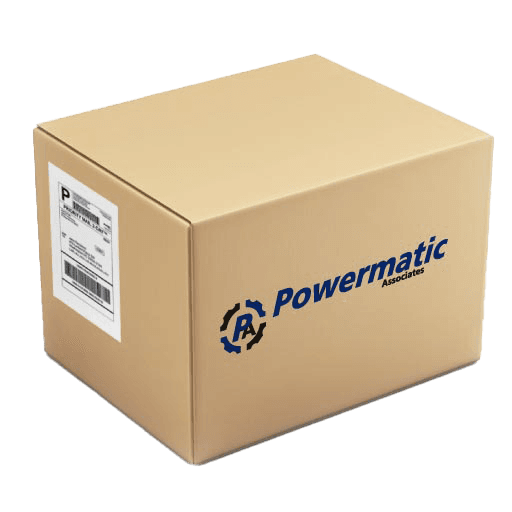| TM2ALM3LT Schneider Electric TM2ALM3LT is an I/O unit categorized under the Modicon TM2 I/... | Schneider Electric | | |
| TM2DDI16DK Schneider Electric TM2DDI16DK is an I/O unit specifically designed as part of th... | Schneider Electric | | |
| TM2ARI8LRJ Schneider Electric TM2ARI8LRJ is an I/O unit specifically designed as part of th... | Schneider Electric | | |
| TSXHAWGANT1 Schneider Electric TSXHAWGANT1 is an antenna designed for RTU (Remote Terminal U... | Schneider Electric | | |
| TM171VEVA2 Schneider Electric TM171VEVA2 is an I/O unit categorized under the Modicon M171 ... | Schneider Electric | | |
| TM5SDI2D Schneider Electric TM5SDI2D is an I/O unit within the Modicon TM5 I/O modules su... | Schneider Electric | | |
| TM5C12D6T6L Schneider Electric TM5C12D6T6L is an I/O unit within the Modicon TM5 I/O modules... | Schneider Electric | | |
| TM2DRA8RT Schneider Electric TM2DRA8RT is an I/O unit categorized under the Modicon TM2 I/... | Schneider Electric | | |
| TM2DMM8DRT Schneider Electric TM2DMM8DRT is an I/O unit within the Modicon TM2 I/O modules ... | Schneider Electric | | |
| TM2ARI8LT Schneider Electric TM2ARI8LT is an I/O unit specifically designed as part of the... | Schneider Electric | | |








